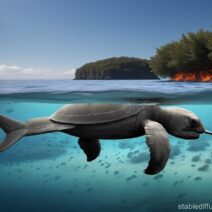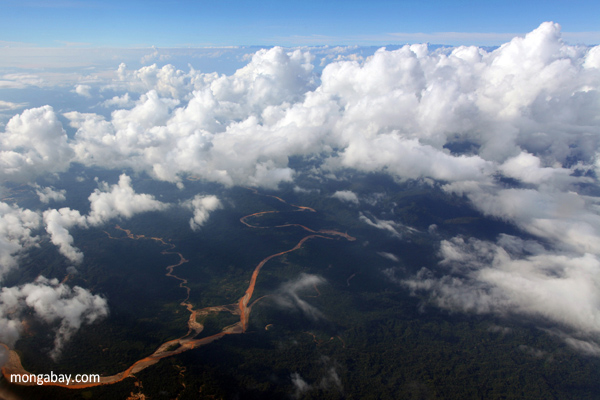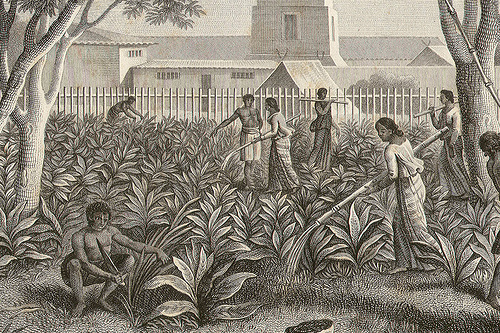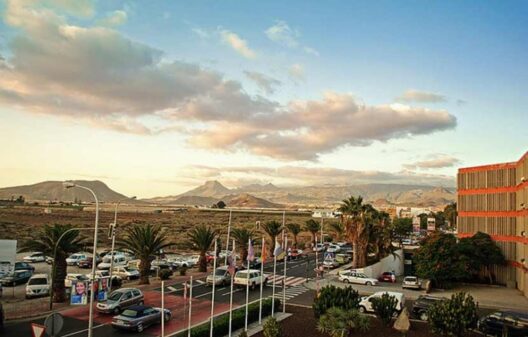Peru, a land of extraordinary contrasts, serves as a prime illustration of climatic diversity, ranging from the verdant depths of the Amazon rainforest to the towering, snow-capped peaks of the Andes. This rich tapestry of climate is akin to a large orchestra, where each section contributes its unique sound, creating a harmonious symphony of ecosystems, cultures, and weather patterns. In understanding Peru’s climate, one must navigate through this intricate web of geographical and ecological factors that shape its environment.
Starting with the Amazon rainforest, one finds a region characterized by warmth and moisture, much like a living organism that perpetually breathes life into its surroundings. The Amazon basin in Peru is renowned for its high humidity levels, typically exceeding 80%, and temperatures averaging between 75°F and 90°F (24°C to 34°C). Rainfall here is abundant, often exceeding 80 inches (2,000 mm) annually, thus nurturing a vast biodiversity that includes thousands of species of flora and fauna. The incessant rains fall from the skies like a drumming heartbeat, reverberating throughout the dense jungle, where trees entwine like ancient serpents and life thrives in vivid colors and melodies.
Such richness in biodiversity is nuanced by the stark seasonal variations inherent within the rainforest. While the region experiences a wet season characterized by torrential downpours, it also has a drier period. This juxtaposition is reminiscent of an artist’s palette—bursting with life and color during the wet season, it softens to more subdued tones during the dry months. Fluctuations in rainfall influence not only the ecology but also the livelihoods of indigenous peoples who have harmonized their existence with this lush environment for centuries.
Traveling south, one ascends into the majestic Andes mountain range, where the climate transitions dramatically. The Andes stretch along the spine of Peru, manifesting a variety of climates that shift with altitude. The peaks, often shrouded in glistening snow, contrast sharply with the valleys that bask in the sun. This altitude-induced climate variation introduces a phenomenon known as “vertical zonation,” which defines ecosystems at different elevations.
At lower altitudes, particularly in the Sacred Valley, temperatures are temperate, often ranging from 50°F to 70°F (10°C to 21°C). This region benefits from a microclimate that allows agriculture to flourish, manifesting the Incan legacy of terraced farming that persists to this day. As one ascends, conditions become markedly cooler and more arid. The high sierra experiences pronounced temperature fluctuations between day and night, encapsulating the beauty of the Andean climate: harsh yet breathtaking.
Notably, the climate of the Andean region introduces challenges for its inhabitants. Farmers cultivate hardy crops like potatoes and quinoa, resilient to the cooler temperatures. These crops have adapted to the high-altitude environment, much like the people who thrive in this breathtaking landscape. Yet, with climate change looming, the delicate balance of these ecosystems is becoming increasingly precarious, threatening centuries of agricultural practices and cultural heritage.
In the high-altitude regions, one can also encounter the “puna” climate, characterized by alpine tundra, where ecosystems are stark yet beautifully resilient. During the wet season, this arid landscape transforms, as snowmelt feeds rivers that snake through the valleys, illustrating nature’s ability to adapt and regenerate. Yet, the punishing cold can freeze the land in winter, and the harsh winds howl like the cries of ancient spirits guarding the mountain passes.
Transitioning from the Andean peaks down to the coastal region unveils yet another facet of Peru’s climatic identity. The coast, primarily influenced by the cold Humboldt Current, experiences an arid climate with minimal rainfall, often scarcely reaching 5 inches (130 mm) annually. Here, the desert meets the ocean, creating a paradox where cacti and succulents flourish alongside expansive beaches. Fog, or “garúa,” cloaks the coast in a silvery veil, reminiscent of a soft embrace that sustains the unique ecosystem found along this stark shoreline.
This coastal climate not only supports the growth of various crops such as asparagus and grapes but also influences the culture and economy. Urban centers like Lima, located along this coastal strip, display a distinct lifestyle governed by the ever-present ocean breeze. The fusion of marine and terrestrial environments creates opportunities for fishing, contributing to the identity of Peru as one of the world’s culinary capitals.
Lastly, the climatic diversity of Peru is accentuated by the seasonal phenomenon known as the “El Niño Southern Oscillation.” This complex climatological event can disrupt typical weather patterns, resulting in extreme rainfall or drought. With repercussions felt across both the coastal and mountainous regions, this cyclic occurrence is a stark reminder of the vulnerability of ecosystems to larger planetary dynamics, illustrating how interconnected the environment truly is.
In conclusion, Peru’s climate is not merely a series of meteorological phenomena; it is a vivid narrative woven through time, geography, and culture. The dichotomies between the Amazon, the Andes, and the coast illustrate a country that is both beautiful and susceptible to change. As stewards of the environment, understanding these climatic realities lays the groundwork for addressing the urgent impacts of climate change and fostering sustainability. Just as in nature, the vitality of Peru lies in its diversity—celebrating this richness while acknowledging the need for protective measures is paramount for future generations.






